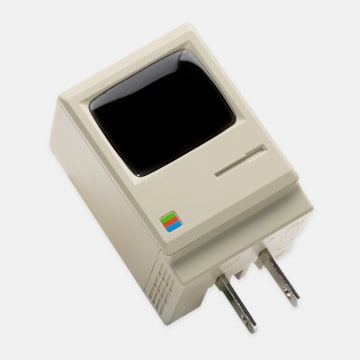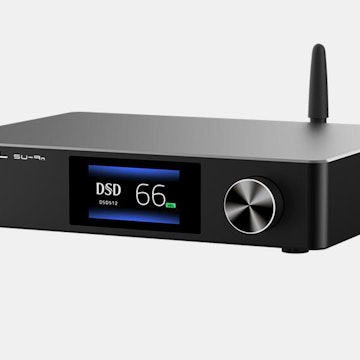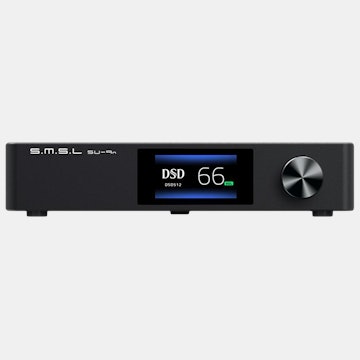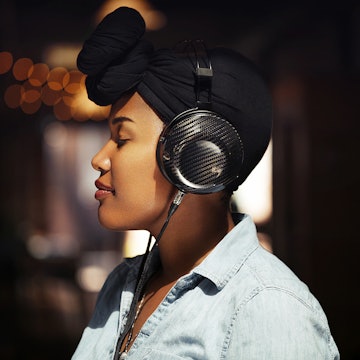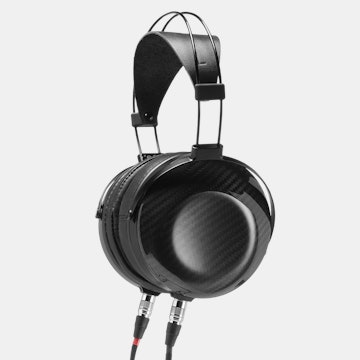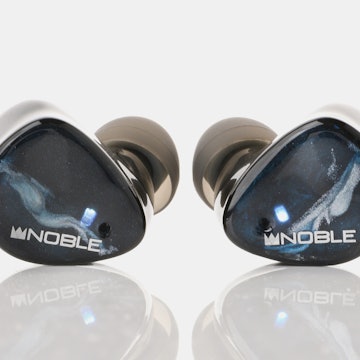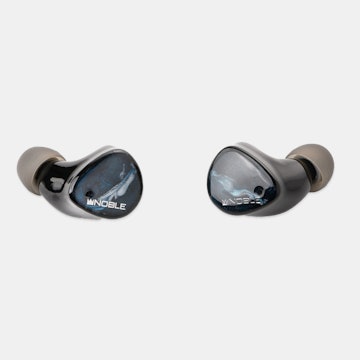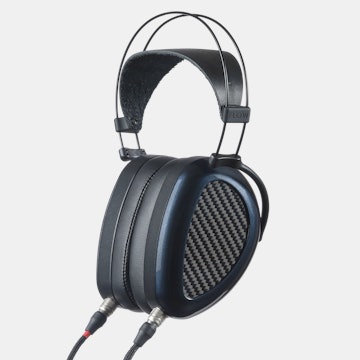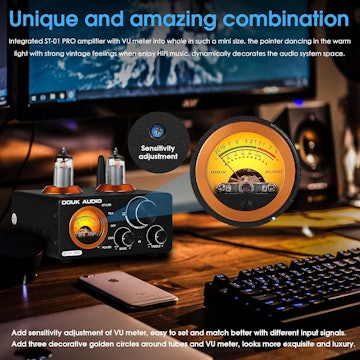Click to view our Accessibility Statement or contact us with accessibility-related questions












Combekk Railway Dutch Ovens
Combekk Railway Dutch Ovens
bookmark_border
Where's the price?
To negotiate the best possible price for our customers, we agree to hide prices prior to logging in.
368 requests
Product Description
Made in the Netherlands from 100-percent recycled materials, the Combekk dutch oven is the only one of its kind. It features a single layer of stain-resistant matte enamel for durability and resistance to cracking, plus a thick base for even heat distribution throughout the entire cooking process Read More

search
close
Sort by: Newest
keyboard_arrow_downRayF
22219
Nov 11, 2019
How did this thing get back in the mix? I thought we killed off the cooking/baking communities a long while back?
Next thing you know they'll be trying to sell us Quilting fabric!

reswright
3850
Jun 4, 2019
There's very little that's made these days in cast iron and enamel that can hold a candle to the old pans from before WWII. The alloy used is cheaper. The process used (sand casting) is cheaper than old fashioned casting and leaves a rougher surface. Enameling isn't as robust. Investors are mostly not concerned with a company's long term prospects, they care much more about short term profitability. And the truth is, most people have no idea that there's physical, chemical and related performance differences between old cast iron and most of what's made today, let alone why (it's cheaper and people don't know the difference, which is a pretty depressing set of reasons why, when you think about it.)
I've got a Le Creuset dutch oven and it's a step above the other brands I have tried, but after ten years it's definitely looking a bit worn here and there. Old enamelware isn't like that. Even prestige brands like Le Creuset fall well short.
If you're a foodie, and you don't have an heirloom cast iron pan from your grandma, and you've been making due with a newer Lodge or the like, you do kind of owe it to yourself to try out the real deal for yourself whether you pick up a new made one (word: they ain't cheap) or find one in decent condition at an antique shop or yard sale.
The old style ground and polished pans don't require some kind of awesome seasoning to be even remotely nonstick the way cheap sandcast iron does. You have to inspect them for deep rust or cracks but they're frequently affordable. The surface of these old style cast iron pans is hundreds of times smoother at the microscopic level than it is on the new stuff, which means that when you season it the 'seasoning' doesn't have to fill all these deep cracks and irregularities in order to smooth them out. Enamel in theory gets you past that, but then you're down to the quality of the enamel. Wooden spoons and the like are best, but if someone's warning you not to use one on the pan, I'd say their enamel isn't all that hot.
If you can't find it vintage, you gotta buy it new. If you google you'll find some writeups on the good new stuff that's out there. There's a few brands. I ended up buying a Smithey, and in a word, it is badass. Worth the dough.
But trust me, either way that's the way to go. By the time you've used a GOOD cast iron pan a few times, there's no looking back.
The main difference between ok cookware and great cookware is that great cookware heats evenly. Even heat helps you avoid burning food and it also helps you avoid undercooking it. This is and has been for some time why today's cast iron pans even seem ok to today's cooks -- compared to modern thin aluminum and stainless steel cookware, cast iron heats food much more evenly and safely, with less risk of burning. You can put food in it and let it cook (three quarters of success as a cook is letting your food cook without futzing around with it constantly) and you don't have to worry about constantly stirring things to avoid burning them. HUGE gamechanger for the novice cook, and when when a single piece of All Clad or a similar piece of premium cookware can cost $300 or more, cast iron is really the only way a lot of people can afford a pan with those capabilities.
If you don't have a cast iron pan and you don't have a lot of money, start with a simple cast iron pan. Do your learning that way. But if you already know some things about using cast iron cookware, it's worth making the jump to a premium piece.
I think I might look for one without a glass thermometer gauge built into the side, tho.
RayF
22219
Dec 7, 2018
Very disappointed--I bought the one with the speedometer but it doesn't cook fast at all!

211bma
67
Nov 10, 2018
I will stick with Le Cruset I don't like Staub for the same reason, I want light enamel on the inside so that I can see how a fond is developing better.

211bma
67
Dec 5, 2018
Yeah, I don't disturb the protein, but around the sides I can see the fond development, on a light colored enamel it is MUCH easier.
RayF
22219
Nov 7, 2018
There's nothing special here; if you're not going to buy Le Creuset or Staub, you may as well buy Lodge and save a heap of time and money.

991C4S
4
Nov 7, 2018
RayFHaving multiple Le Creuset and Staub pieces I am looking forward to trying out this Combekk Dutch oven. At almost half the price of a comparably sized Le Creuset oven, this is a steal for the quality Combekk brings to the table.
See the review at the link below.
https://www.everythingkitchens.com/best-cast-iron-dutch-ovens-le-creuset-staub-combekk-review.html
matt98030
93
Nov 6, 2018
Is it ok to use metal utensils on the interior of this pot, or will the enamel scratch and chip?

Mellifera
56
Oct 27, 2017
Just got the shipping notification. Really looking forward to seeing if the oven lives up to expectations.

Mellifera
56
Nov 23, 2017
MelliferaTo reply to my own comment, the Dutch oven arrived very nicely packaged in a purpose-made cardboard box. It looks and feels great - it is certainly a solid chunk of iron. The green finish is a slightly lighter shade than I was expecting, but still looks good. The enamel coat looks smooth and uniform.
I'm giving it as a Christmas gift, so no info on how well it functions until Dec 26th or thereabouts. It certainly looks and feels the part, in case anyone is sitting on the fence about this item. I'd be interested to hear how other members from the initial drop have found it performs?

Mellifera
56
Jan 25, 2018
MelliferaContinuing the conversation with myself, the Combekk has now been in action a month. I don't have previous experience with a high-end cast-iron dish like this, but have found it to be great. It was hijacked by a Thai relative for stovetop curries and noodle dishes, and has been used in the oven for casseroles and stews.
It has a dead flat bottom for sauteing, holds a decent volume, retains heat well before serving, and cleans easily. As you'd expect from any good casserole, meat comes out tender and moist. So far there have been no chips or cracks in the enamel, despite being shipped halfway around the world and subject to some vigorous handling around the stove.
Others in the kitchen have commented on the weight of the dish. Given it's made of recycled train tracks, I figure a bit of heft is exactly what you should expect. Count me as a very happy customer.

Racine50
Oct 18, 2017
Volume? Quarts liters?
Showing 18 of 40
Recent Activity
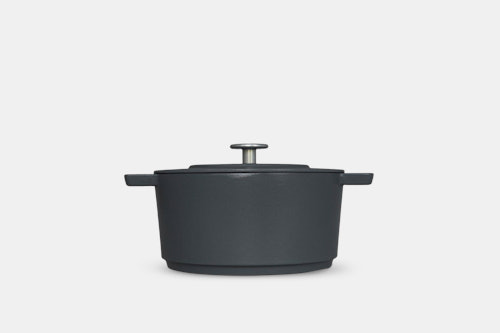
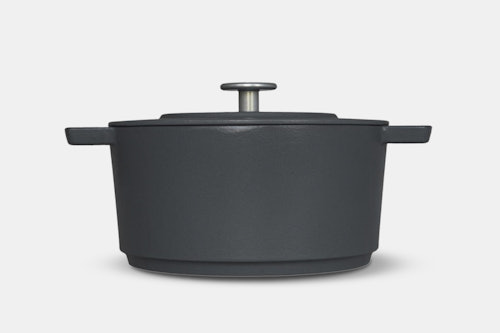
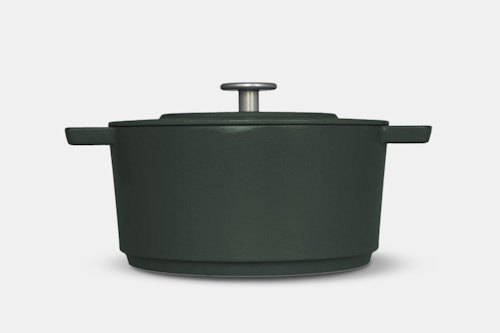






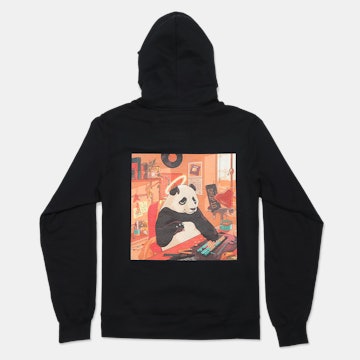
.gif?auto=format&fm=gif&fit=crop&w=360&h=360&bg=f0f0f0&fill=solid&fill-color=f0f0f0&dpr=1&q=70)
